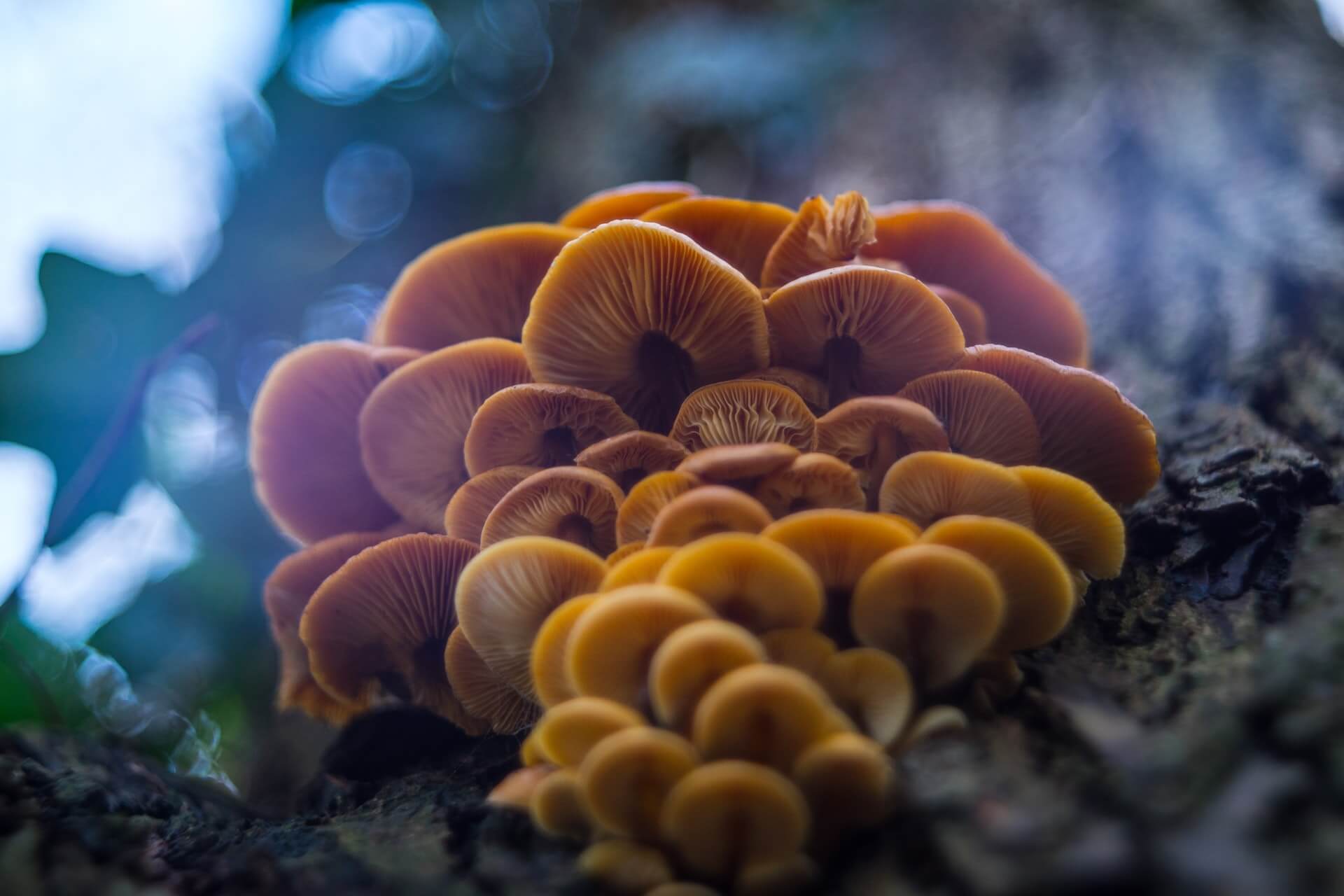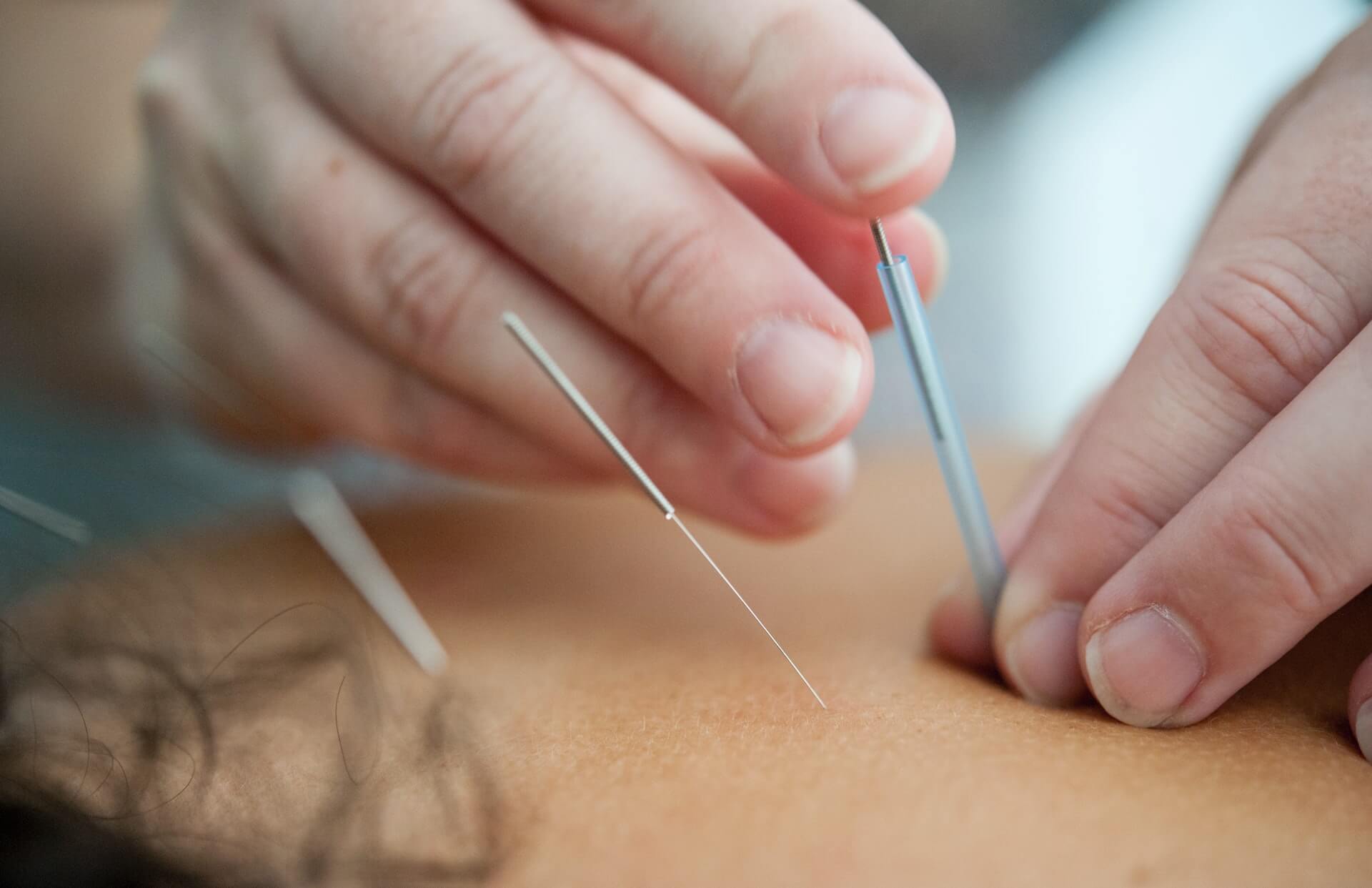Microdosing mushrooms is a growing trend, but is it right for you? In this guide, we will explore what microdosing is, the benefits and risks associated with it, and how to get started. We’ll also discuss dosage guidelines and ways to maximize the benefits of microdosing. If you’re considering trying microdosing mushrooms, this guide will give you all the information you need to make an informed decision.
Psilocybin is the active ingredient in certain kinds of mushrooms. It can produce a range of effects, including enhanced creativity, improved focus, and concentration, increased energy levels, and enhanced spiritual awareness. Psilocybin is illegal in many countries, but it is legal to possess small amounts (under 0.2g) for personal use in some places.
Microdosing is the process of taking small, regular doses of a substance such as psilocybin in order to achieve certain desired effects. Microdosing mushrooms has been linked to improved productivity and creativity, better moods, and increased well-being. It can also help reduce stress and anxiety levels while boosting energy levels.
When it comes to obtaining mushrooms for microdosing, you have several options. You can buy fresh or dried mushrooms online or in stores, or obtain supplements and tinctures made from mushroom extracts. Fresh and dried mushrooms tend to be more expensive than supplements and tinctures, but they offer greater control over dosage and are generally considered higher quality.
Before you start microdosing mushrooms, it’s important to understand the dosage guidelines. The typical dose ranges from 0.1-0.5 grams of dried mushrooms per day over 1-4 days on/off cycles. It’s best to start with a low dose and gradually increase as needed until you find the right amount for you. Some people choose to work with a therapist or facilitator when they start microdosing. This can be helpful in understanding the effects of the mushrooms and learning how to use them safely and effectively.
It’s important to note that microdosing is not a substitute for medical treatment, and it is not recommended as an ongoing therapy. Microdosing should only be used as a supplement to traditional therapies such as psychotherapy, medication, and lifestyle changes.
Finally, there are some risks associated with microdosing mushrooms. The most common side effects include nausea, dizziness, anxiety, confusion, headaches, and increased heart rate. If you experience any of these symptoms after taking mushrooms, stop using them immediately and see your doctor for further advice. It’s also important to note that microdosing may trigger a full psychedelic experience if the dose is too high. Make sure to stay within the recommended dosage ranges, and use caution when trying new doses.
The rumors about Silicon Valley execs using mushrooms to increase focus, attention, and creativity are true – but you don’t have to be part of the tech elite to reap the benefits of microdosing mushrooms. In addition to its potential mental health benefits, microdosing can help you connect with your spiritual side, access higher states of consciousness, and cultivate positive changes in your life. If you’re interested in exploring this practice further, make sure to do your research and talk to your doctor or therapist before getting started. Good luck on your journey!




